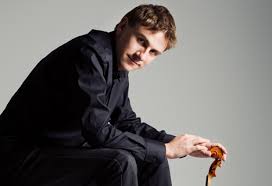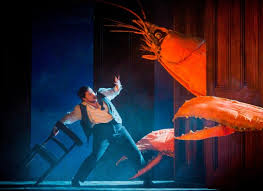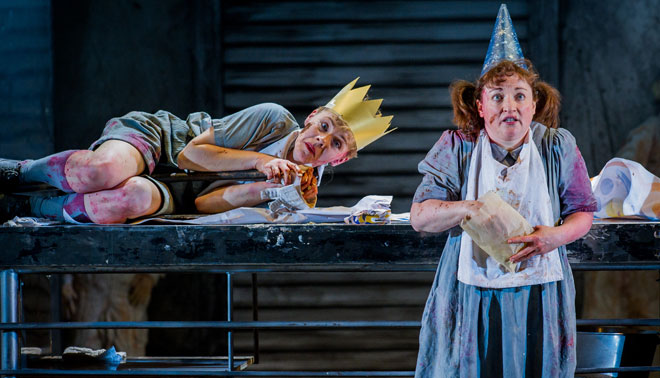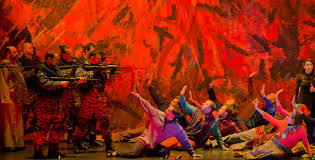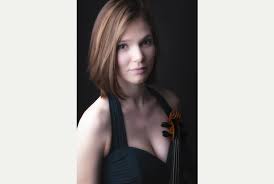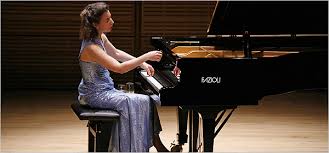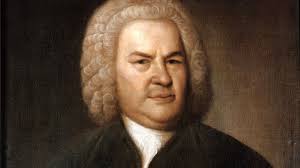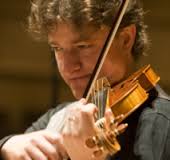Mote Hall, Maidstone, 21 March 2015
The Spring Equinox seemed to have encouraged a new level of risk taking for Maidstone Symphony Orchestra in a programme which may be familiar but is fraught with potential pit-falls. As Brian Wright noted in his genial introduction, In Elgar’s Violin Concerto even the corners have corners – not that this in any way inhibited the players.
The evening opened with a breezy account of Berlioz’ overture Le Corsaire, the strings skittish but under tight rhythmic control and the brass enjoying the choral fanfares of the conclusion.
It was good to welcome back Bartosz Woroch as the soloist in Elgar’s violin concerto. After the brash orchestral opening his first solo line was touchingly melancholic though with warmth and depth which promised a reading of great intimacy. In the first movement it was those intimate moments which made the most impact, at odds with the more frantic outbursts of the orchestra. I don’t recall realising how close these extrovert moments are to the Rondo in the Second Symphony, at times straining the very structure of the music. After such tension the second movement took time to relax but the flashes of nobilmente and the gradual influence of gentle reflection moved slowly towards a sense of peace. The final movement burst on us with passion, the various strands gradually coming together for a hushed and highly introvert semi-cadenza before the wistful conclusion. A splendid, if rightly challenging, performance from soloist and orchestra.
Brian Wright takes a dynamic and extrovert approach to Beethoven’s Fifth Symphony. The tempi are fast and there are no pauses to take a breath. At times it seems almost reckless yet the players never lost confidence in their ability to meet the challenge. Solo playing was excellent and let me draw attention to bassoonist, Philip Le Bas. Beethoven writes wonderful solo lines for bassoon, too often overlooked, but not so here as they were all so mellifluously effective. Similarly Keith Price, using beaters with very small heads, created an original-instruments intensity from the tympani. The crescendo opening the final movement was splendidly controlled before the extended passage in C major blazed around us – the brass once more wallowing in the joy of the moment.
The final concert this season is on Saturday 16 May with works by Tchaikovsky and Dvorak. Details are also available for next season. www.mso.org.uk

